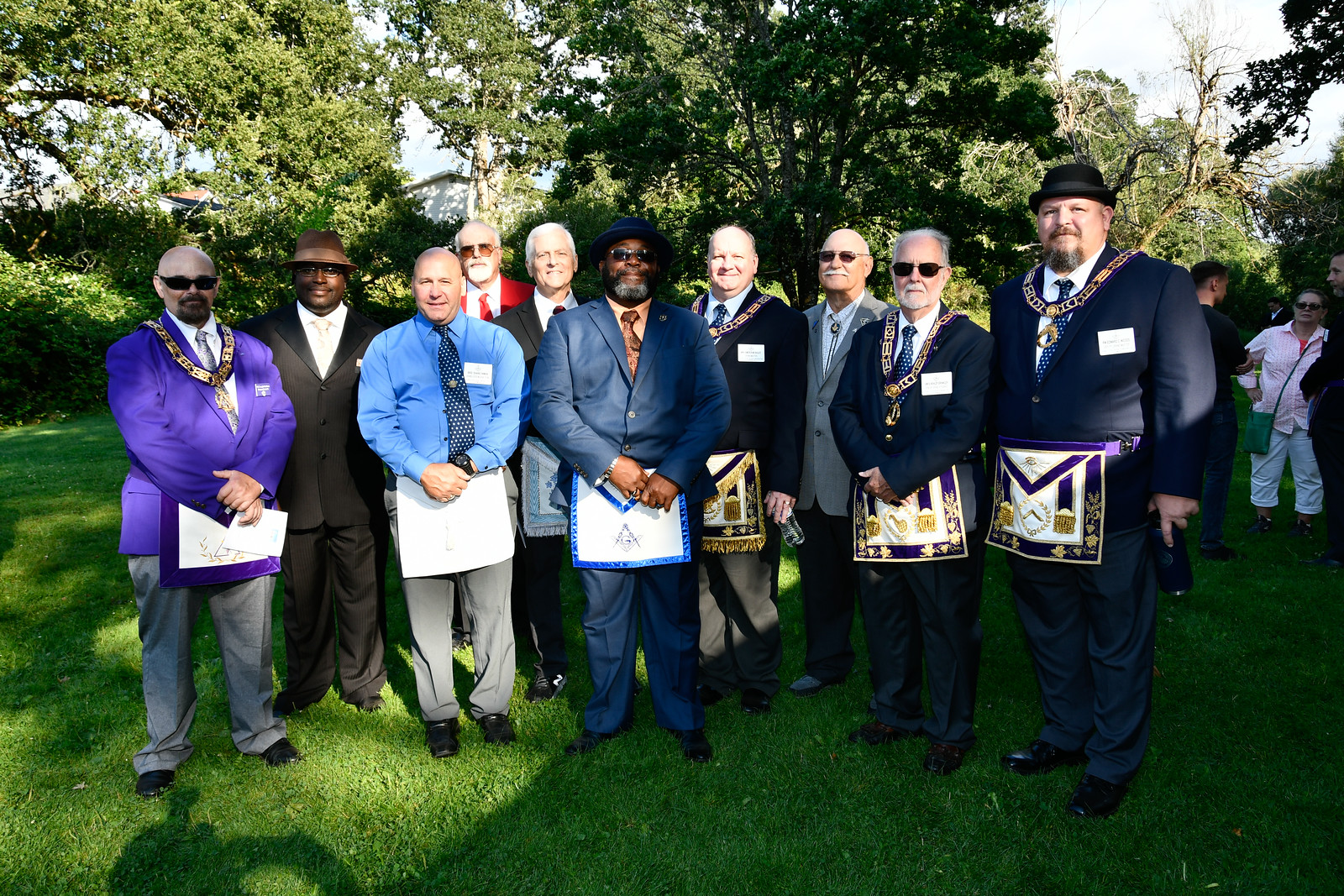Exploring the Mysteries of the Freemason: What You Required to Know
The Freemason, a term frequently shrouded in intrigue and dispute, stands for an intricate tapestry of historic fact and modern myth. Developed in the late 18th century, this secret culture was at first rooted in the Enlightenment's ideals yet has actually given that come to be identified with conspiracy theory theories regarding elite control. As we navigate the origins, key numbers, and the raw contrast between myth and fact, one have to take into consideration exactly how these narratives influence modern understandings of power and privacy. What could be revealed through a more detailed assessment of these aspects could test long-held assumptions regarding the shadows that stick around in our culture.
Beginnings of the Freemason
The origins of the Freemason are soaked in a mix of historical intrigue and ideological eagerness. Established in 1776 in Ingolstadt, Bavaria, by Adam Weishaupt, the group was initially developed as a secret culture aimed at promoting Knowledge ideals such as reason, secularism, and the splitting up of church and state. Weishaupt, a professor of canon regulation, sought to challenge the dominating authority of the church and state, which he viewed as oppressive establishments stifling intellectual and personal freedom.
The Freemason sought to hire significant members from different social fields, including politics, academic community, and the arts, to cultivate a network dedicated to these Enlightenment principles. The culture run under a shroud of privacy, using coded language and rituals to safeguard its members from oppression, specifically given the repressive climate of the time. The Freemason encountered substantial opposition from both governmental authorities and religious institutions, which viewed the group as a risk to their power.
Secret Figures and Members
Who were the pivotal figures that shaped the Freemason's very early influence and instructions? The Bavarian Freemason, founded in 1776 by Adam Weishaupt, became an action to the oppressive social frameworks of the moment. how to become a freemason. Weishaupt, a legislation teacher, envisioned the company as a way to advertise Enlightenment suitables such as reason, secularism, and equal rights. His first employment initiatives consisted of prominent pundits, such as Baron von Knigge, that played an essential role in expanding the team's subscription and business structure.
One more significant number was Johann Gottlieb Fichte, a noticeable theorist whose ideas on nationalism and education and learning reverberated with the Freemason's objectives. Fichte was not a formal member, his thoughtful bases influenced the group's ideological background. Furthermore, figures like the writer and thinker Johann Wolfgang von Goethe were connected with the more comprehensive intellectual motions of the moment, although their straight participation with the Freemason remains questioned.
These crucial figures added to the Freemason's early instructions, pushing the borders of political and social thought, while their collective efforts aimed to test recognized standards and promote an environment of dynamic adjustment in Europe.
Myths vs. Fact
Numerous misconceptions border the Freemason, frequently mixing truth with fiction in a way that obscures its real nature. This secret society, originally established in 1776 in Bavaria, aimed to advertise Knowledge suitables and fight religious and political fascism. The notion that the Freemason proceeds to apply substantial impact over globe occasions is a misconception. While the group did exist, it was disbanded in the late 18th century and has actually not run as a cohesive entity considering that after that.
An additional widespread misconception is that the Freemason comprises a network of elite individuals controling worldwide events. In truth, many conspiracy theories exaggerate the group's importance, associating misguided objectives to social fads and occasions. This has actually brought about an oversimplified sight of intricate issues.

Modern Interpretations
Contemporary interpretations of the Freemason typically show more comprehensive social stress and anxieties and a fascination with secrecy and power. This modern lens frequently associates the Freemason with conspiracy theories that recommend a hidden elite orchestrates world events, manipulating governments and economies for their own gain. Such stories touch right into a deep-rooted suspect of authority, specifically in times of dilemma or social upheaval.

Moreover, some modern-day analyses mount the Freemason as an allegory for the intricacies of globalization and the interconnectedness of significant people and organizations. This point of view encourages an essential evaluation of how power dynamics run in today's globe, highlighting the equilibrium between transparency and privacy in administration and business practices.
Social Impact and Heritage
Influenced by centuries of intrigue, the social influence and tradition of the Freemason extend much past its historical beginnings. This secret culture, established in the late 18th century, has permeated numerous elements of prominent culture, from literary works and film to songs and art. The idea of the Freemason has evolved right into a sign of conspiracy concepts, typically representing a regarded concealed power controling global occasions.
In literature, writers like Dan Brown have woven the Freemason right into complex plots, exciting readers with styles of secrecy and power. Movies such as "National Treasure" and "The Da Vinci Code" better perpetuate the attraction of the society, mixing fact with fiction to develop engaging stories.
The Freemason's influence additionally prolongs right into music, with musicians referencing the company to evoke motifs of disobedience and societal review. This portrayal has added to a fascination with the concept of clandestine teams controlling the levers of power, reflecting social anxiousness concerning authority and openness.
Inevitably, the Freemason's legacy is a complicated tapestry of misconception and fact, forming perceptions of privacy and control in contemporary discussion. Its long-lasting visibility in society emphasizes humanity's seasonal mission for understanding covert facts.
Conclusion
The expedition of the Freemason discloses a complex interplay between historical facts and modern myth-making. Established in the Enlightenment age, this culture intended to challenge oppressive structures, yet its tradition has actually been eclipsed by conspiracy theory concepts that suggest elite control. Comprehending the differences between the original perfects and modern interpretations is essential for comprehending the withstanding attraction with the Freemason and its significant influence on cultural narratives surrounding power and privacy benefit of joining freemason in culture.